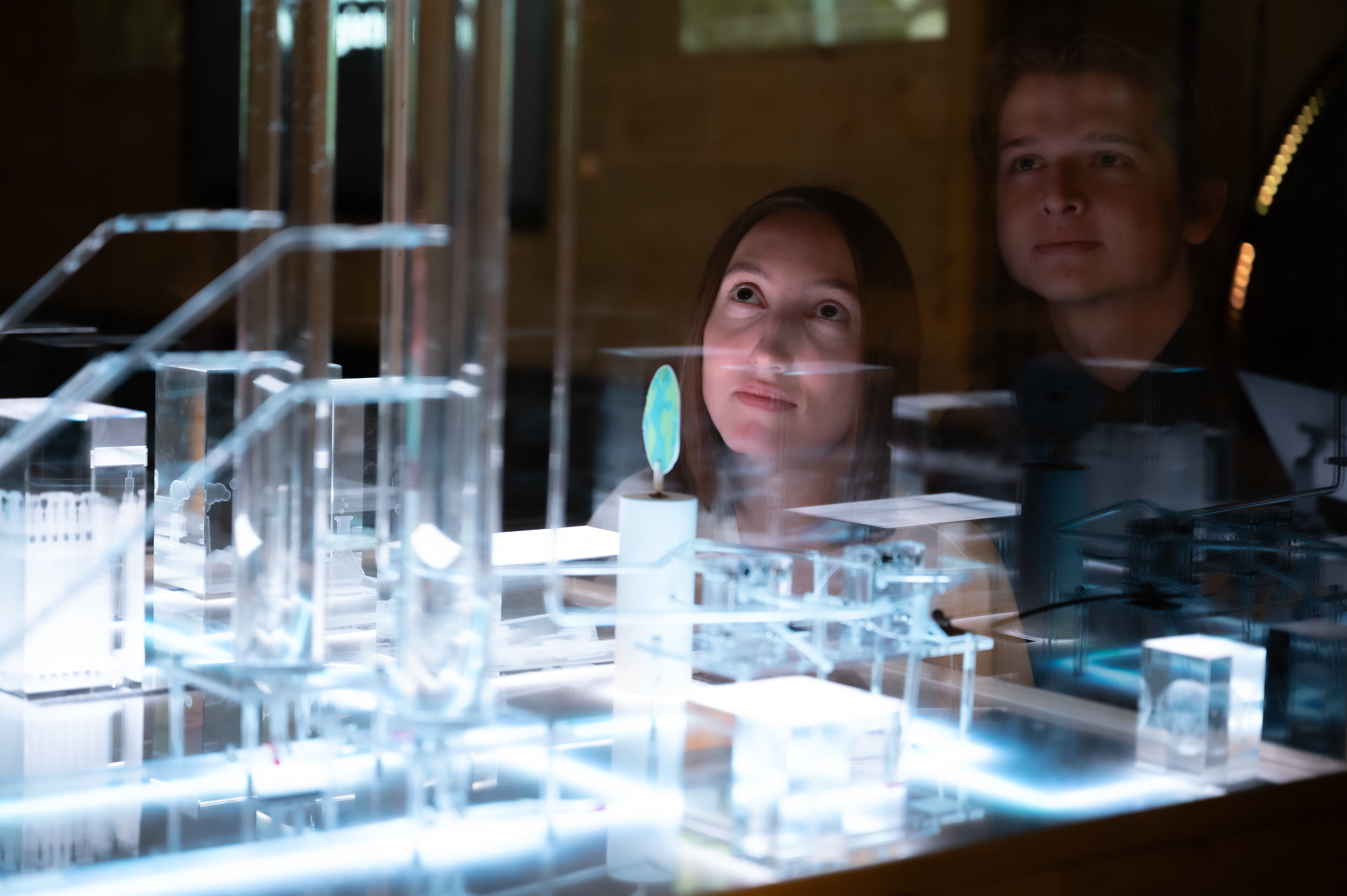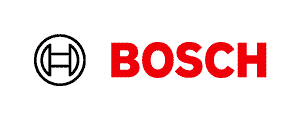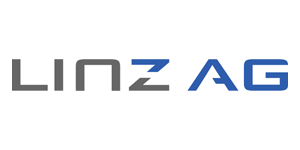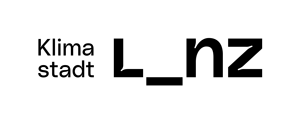The Interactive Hydrogen Value Chains Model is a joint project by Ars Electronica, WIVA, HTL, Bosch and Linz AG that investigates hydrogen energy through an engaging, hands-on display.
Visitors participate by generating energy through movement to power a real PAM electrolysis process to split water into oxygen and hydrogen. The model demonstrates not only the production, but also the storage and usage of hydrogen. The energy stored as hydrogen is then converted back to power a small globe, illustrating the potential of hydrogen as a sustainable energy source. This interactive exhibit explains the full cycle of hydrogen energy, from production to use, and highlights its role in future energy systems.
For a more detailed explanation of the hydrogen model, visit the ‘Hydrogen as a source of energy’ interactive information station.
Credit
This project was funded by the City of Linz Climate Fund.
Project partners: WIVA P&G, Ars Electronica, Linz AG, Linzer Technikum und Robert Bosch AG mit der RAG Austria AG
WIVA P&G is an association for funding the research and development in the fields of application, net and storage technologies for hydrogen and renewable gases. The association supports disseminations of these activities as well. The association coordinates the projects of the flagship region “Wasserstoffinitiative Vorzeigeregion Austria Power & Gas” (WIVA P&G). This allows to explore and display the whole value chain of the flagship region.
Die RAG Austria AG gehört zu den führenden technischen Energie-Speicherbetreibern Europas.
RAG lebt die Vision eines „nachhaltigen Energiebergbaus“ und stärkt mit ihren Innovationen rund um gasförmige Energieträger die Versorgungssicherheit Österreichs und Mitteleuropas.
In 2023, the Bosch Group generated revenue of around 1.4 billion euros in Austria with more than 3,200 employees. In 2024, Bosch will celebrate its 125th anniversary in Austria. Today, the Bosch Group is represented in Austria with all four business sectors: Mobility, Industrial Technology, Consumer Goods, and Energy and Building Technology. International competence centers for the development of innovative and forward-looking mobility solutions are located in Vienna, Linz, and Hallein.
The Linzer Technikum, HTL Paul-Hahn-Straße in Linz, has been offering practical, future-oriented education for over 50 years in the fields of Electrical Engineering, Information Technology, Mechatronics, Mechanical Engineering, and Industrial Engineering in Freistadt. Key topics for the future, such as sustainability, e-mobility, and artificial intelligence, are at the core of our curriculum. Guided by the motto “Understanding Technology – Shaping the Future,” we prepare aspiring engineers optimally for the challenges of tomorrow. https://www.litec.ac.at/
LINZ AG for energy, telecommunications, transport, and municipal services: LINZ AG is a multi-utility provider offering its services and products to the inhabitants of the city of Linz and 117 other communities. The reliable supply of 400,000 customers with water and energy, and the disposal of waste and sewage are just as much part of LINZ AG’s responsibilities as the provision of public transport services and the management of municipal cemeteries. In addition, the river port in Linz operated by LINZ AG and the telecom services provided by LINZ AG are of great importance to businesses based in Linz and its surroundings. LINZ AG is a wholly-owned subsidiary of Stadt Linz Holding GmbH and employs a staff of more than 3,200.






